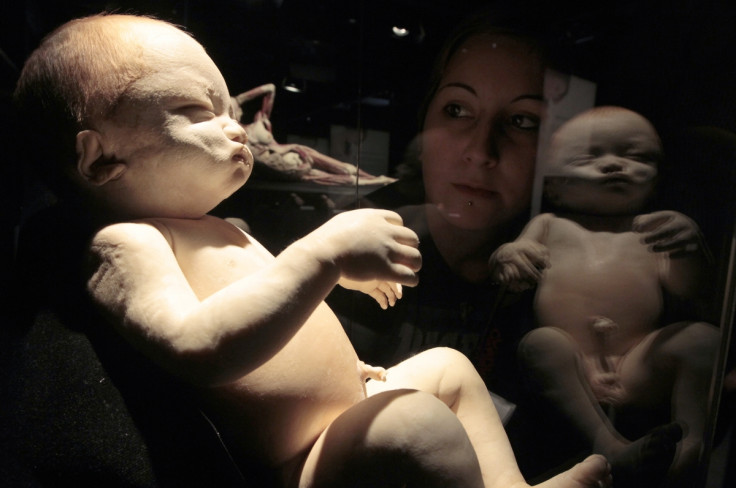Tiny £10m Robot Hand to Perform Surgery on Unborn Babies

A minuscule device is under development to provide 3D images of a foetus while it is still in the womb and act as an automated robotic hand.
Researchers are working on a £10 million project to create a tiny surgical robot hand that could transform treatment for children with spina bifida and other congenital conditions. It could also carry out surgery or deliver stem cells to an unborn infant's damaged organs.
The £10m research project is being carried out by engineers at University College London and KU Leuven in Belgium.
"The aim is to create less invasive surgical technologies to treat a wide range of diseases in the womb, with considerably less risk to both mother and baby," the project leader, Professor Sebastien Ourselin of the UCL centre for medical image computing, told the Observer.
The Wellcome-funded project is aimed at developing instruments based on the latest optics and robotics. A very thin, highly flexible probe would be inserted into the womb of a woman carrying a child with spina bifida.

The head of the probe would have one strand fitted with a tiny camera that would use laser pulses and ultrasound detection – a combination known as photo-acoustic imaging – to generate a 3D image inside the womb.
The probe's other arms would also be fitted with tiny instruments that would carry a piece of gel or patch that would be laid over the gap in the baby's spine, which would act like a plaster.
Currently, most robotic designs are for a three-pronged device that has one arm fitted with a camera and two that are fitted with pincers or other instruments.
"We are still in the design stage, so we could end up with a device with four or five arms in the end," said Ourselin.
© Copyright IBTimes 2025. All rights reserved.






















